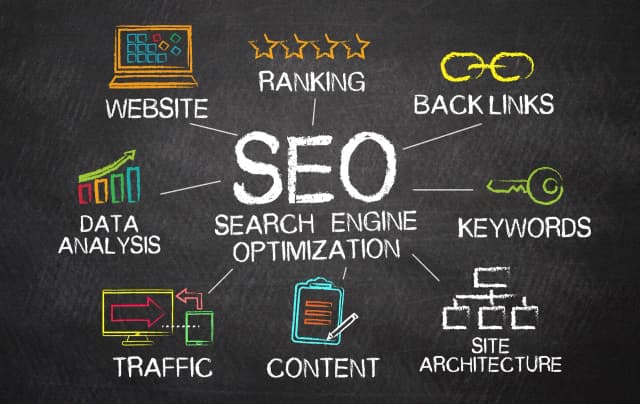In the digital era, an effective website optimization strategy is essential for enhancing user experience and improving search engine rankings. This guide will explore vital elements of a successful optimization strategy, including performance enhancement techniques, user engagement methods, and ongoing monitoring to ensure your website remains competitive. Whether you're a business owner, marketer, or web developer, this comprehensive overview will provide actionable insights to drive your website's success.
Understanding Website Optimization
Website optimization refers to the process of enhancing the performance, speed, and usability of a website. A well-optimized site not only attracts more visitors but also keeps them engaged, leading to higher conversion rates. Here’s why an optimization strategy is crucial:
- Improved User Experience: A fast, user-friendly website creates a better experience for visitors.
- Higher Search Engine Rankings: Search engines like Google prioritize optimized websites, which can lead to better visibility.
- Increased Conversions: An optimized site can turn visitors into customers more effectively.
1. Analyze Your Current Performance
Before implementing changes, assess your website's current performance. Use tools like Google Analytics and Google PageSpeed Insights to gather data on:
- Page load times
- User engagement metrics
- Traffic sources
- Bounce rates
2. Optimize for Speed
Site speed is vital for both user experience and SEO. Here are practical ways to boost your website's speed:
- Compress Images: Use image compression tools to minimize file sizes without losing quality.
- Minimize Redirects: Each redirect generates an additional HTTP request, slowing down page loads.
- Improve Server Response Time: Consider upgrading your hosting services or using a content delivery network (CDN).
3. Enhance Mobile Responsiveness
With a significant number of users accessing websites from mobile devices, ensuring your site is mobile-friendly is essential:
- Responsive Design: Use responsive design techniques that ensure your website adjusts based on the device used.
- Mobile-Optimized Content: Ensure that content is easily readable on smaller screens, with appropriate font sizes and layouts.
4. Improve On-Page SEO
Optimizing your website for search engines is a critical aspect of the overall strategy. Focus on:
- Keyword Optimization: Research and incorporate relevant keywords into titles, headings, and content.
- Meta Tags: Ensure title tags and meta descriptions are well-crafted and include target keywords.
- Internal Linking: Create a well-structured internal linking strategy to enhance navigation and distribute page authority.
5. Continuously Monitor and Adjust
The final step in your website optimization strategy is ongoing monitoring and refinement:
- Regular Analytics Review: Frequently analyze data from Google Analytics to identify trends and areas for improvement.
- A/B Testing: Conduct A/B testing on various elements like calls-to-action, layouts, and content to find what resonates best with users.
- Stay Updated: Keep abreast of the latest SEO trends and algorithm updates to remain competitive.
Conclusion
Implementing a comprehensive website optimization strategy is crucial for achieving business success in today’s digital landscape. By focusing on speed, mobile responsiveness, on-page SEO, and continuous monitoring, you can significantly enhance user experience and boost your search engine rankings. For more tailored optimization services, consider partnering with professionals like Prebo Digital, who specialize in helping businesses thrive online. Ready to elevate your website? Contact us today for a free consultation!















